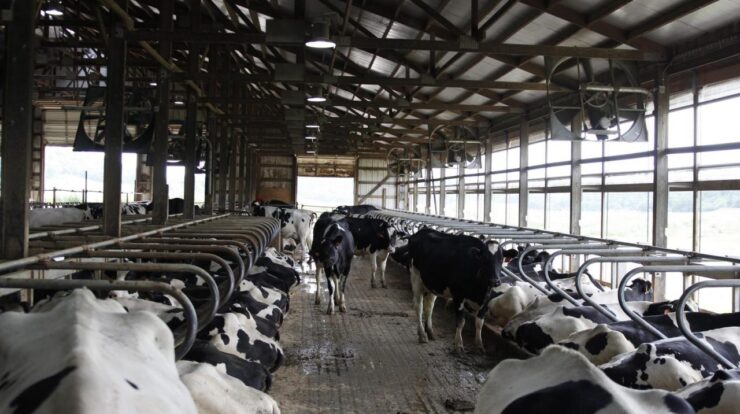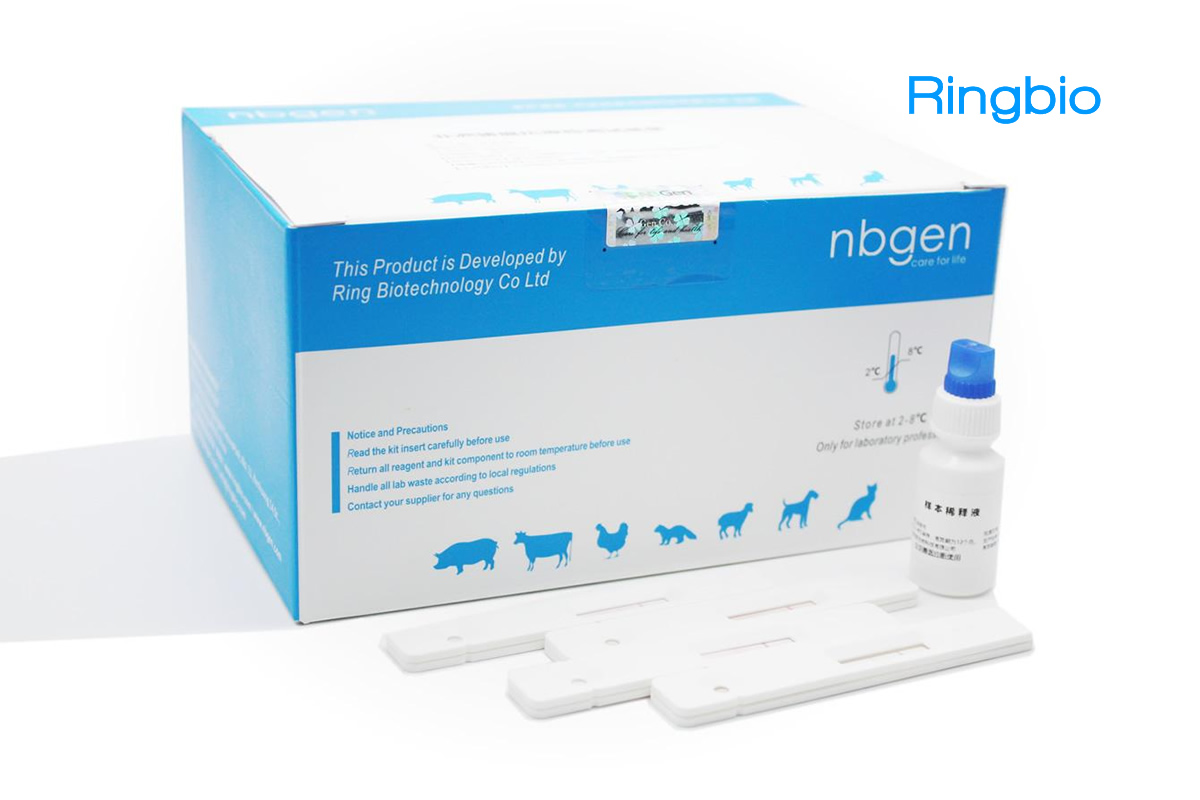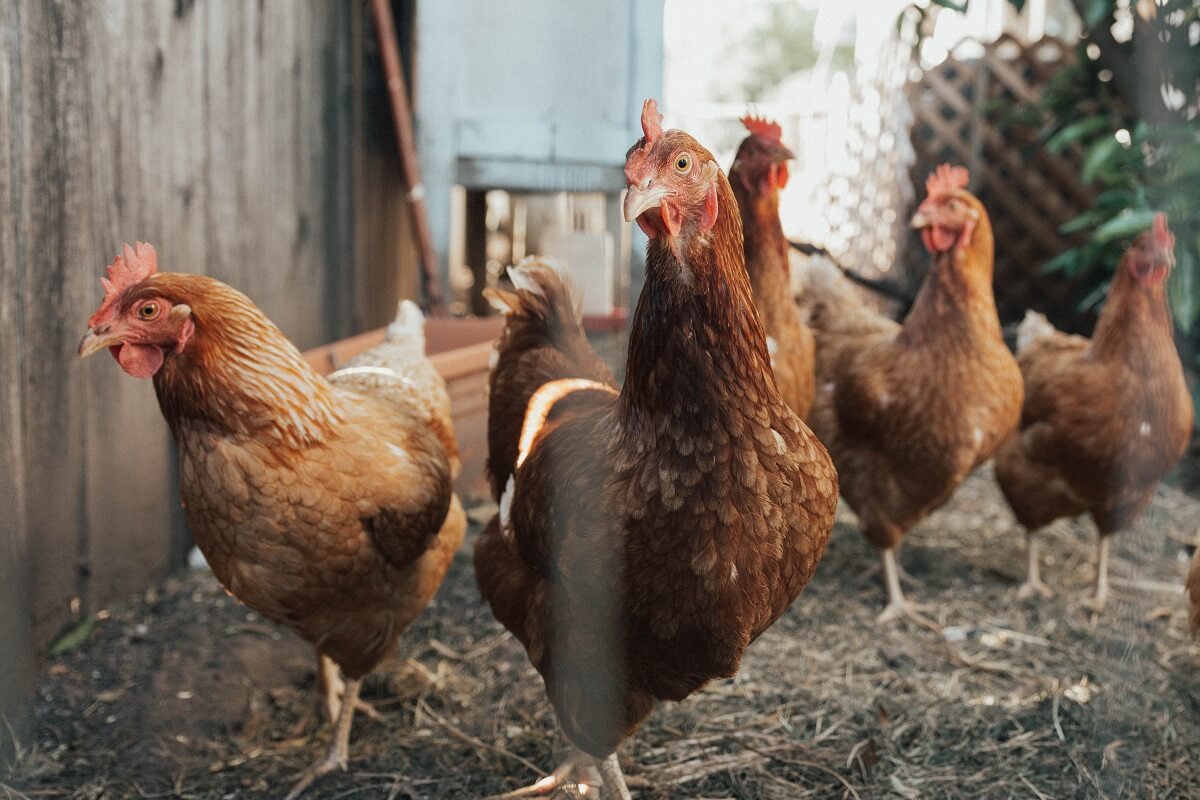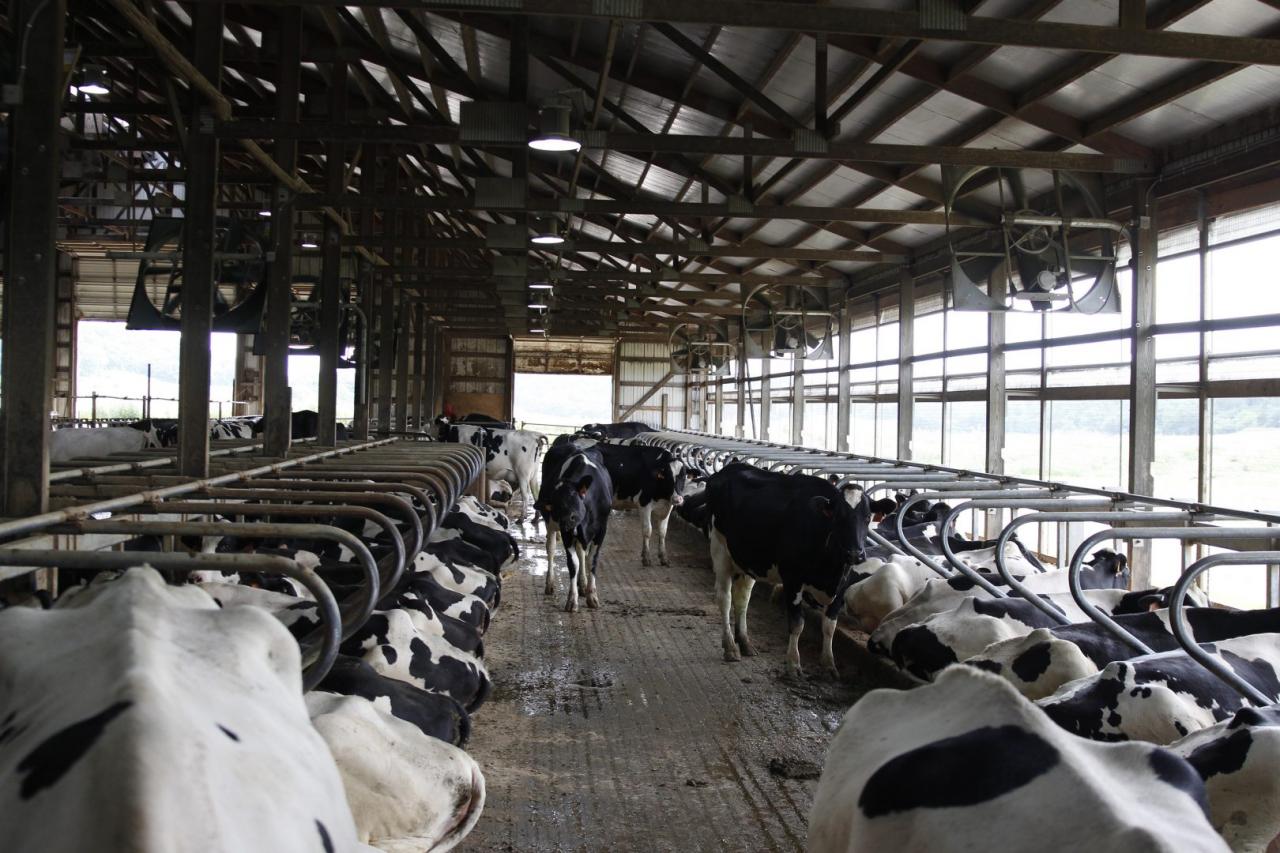
H5N1 in milk poses a potential threat to public health, raising concerns about transmission routes, detection methods, and the safety of dairy products. This article delves into the complexities of H5N1 contamination in milk, exploring its implications for human health and the measures taken to prevent outbreaks.
H5N1, a highly pathogenic avian influenza virus, can be transmitted through various routes, including contaminated milk. Understanding the factors influencing its survival and replication in milk is crucial for developing effective detection and control strategies.
Transmission of H5N1 in Milk

The transmission of H5N1 in milk is a potential concern due to the consumption of raw or unpasteurized milk. The virus can enter milk through infected poultry or contaminated water sources.
Factors influencing the survival and replication of H5N1 in milk include temperature, pH, and the presence of antiviral substances. Higher temperatures and acidic pH levels can reduce viral survival, while the absence of antiviral factors can promote replication.
Detection of H5N1 in Milk
Various methods are used to detect H5N1 in milk, including:
- Viral culture: Isolating and growing the virus in a laboratory setting.
- Real-time polymerase chain reaction (RT-PCR): Amplifying and detecting viral genetic material.
- Immunoassays: Detecting viral antigens using specific antibodies.
The sensitivity and specificity of these techniques vary, with RT-PCR generally considered the most sensitive and specific.
Public Health Implications of H5N1 in Milk
H5N1 in milk poses potential risks to human health through consumption of contaminated milk or dairy products. Symptoms of H5N1 infection in humans can range from mild respiratory illness to severe pneumonia and death.
Measures to prevent and control H5N1 outbreaks in dairy herds include:
- Vaccination of poultry
- Biosecurity measures to prevent contact with infected birds
- Surveillance and testing of poultry flocks
Milk Safety Regulations and H5N1
Existing regulations and guidelines aim to ensure the safety of milk from H5N1 contamination, including:
- Pasteurization requirements to kill viruses
- Surveillance programs to monitor H5N1 prevalence
- Restrictions on milk production from infected areas
Challenges and opportunities for improving milk safety standards include:
- Enhancing surveillance and testing methods
- Developing new pasteurization techniques
- Educating consumers about the risks and preventive measures
Research and Surveillance for H5N1 in Milk
Ongoing research efforts focus on understanding H5N1 transmission and detection in milk, including:
- Investigating the survival and replication of H5N1 in different milk types
- Developing improved detection methods
- Assessing the effectiveness of control measures
Surveillance programs are essential for monitoring H5N1 prevalence and evolution, guiding public health interventions and risk assessment.
Conclusive Thoughts

Ensuring the safety of milk from H5N1 contamination requires a comprehensive approach involving surveillance, regulation, and research. Ongoing efforts to monitor H5N1 prevalence and evolution, coupled with stringent milk safety standards, are essential to safeguard public health.






